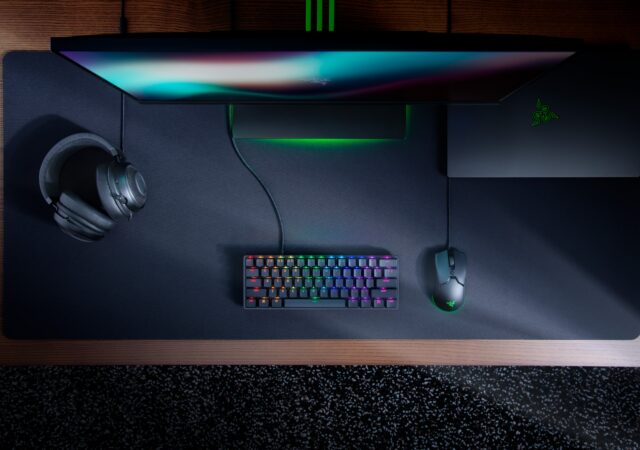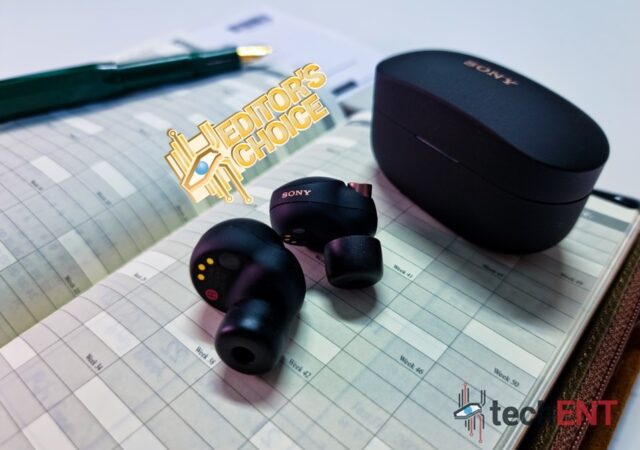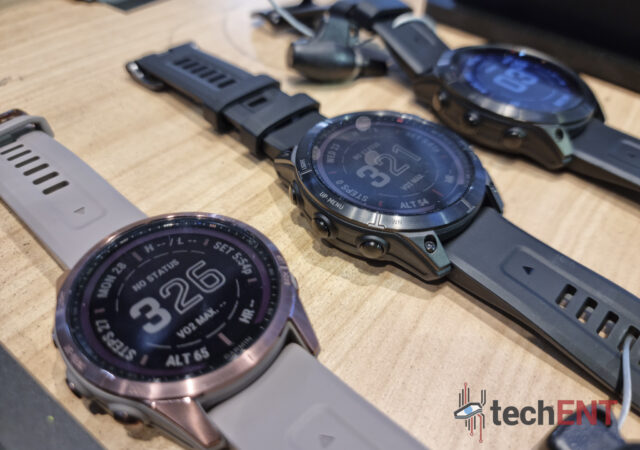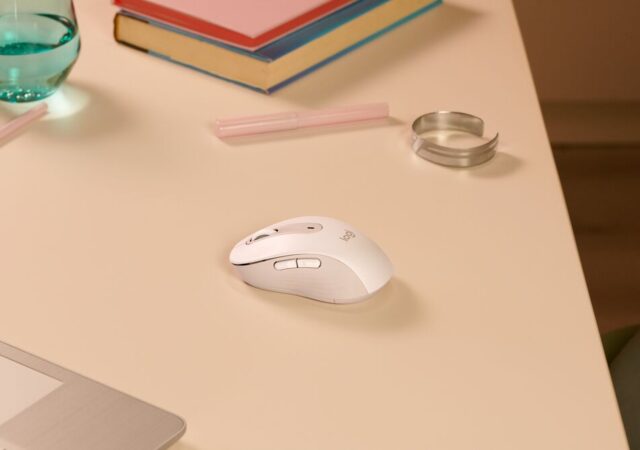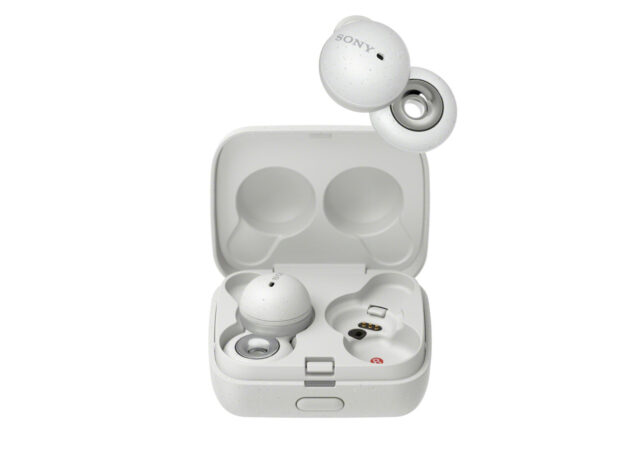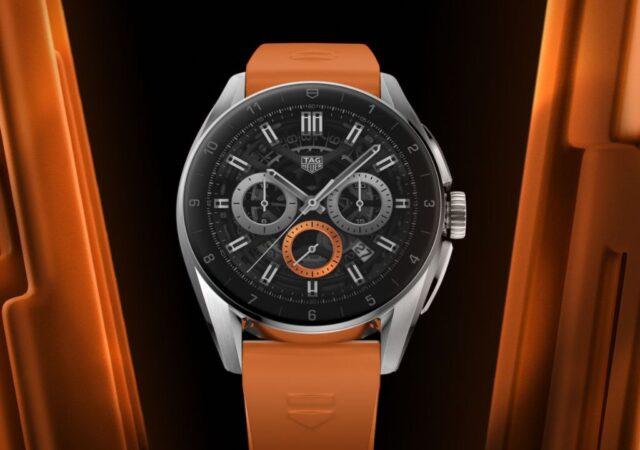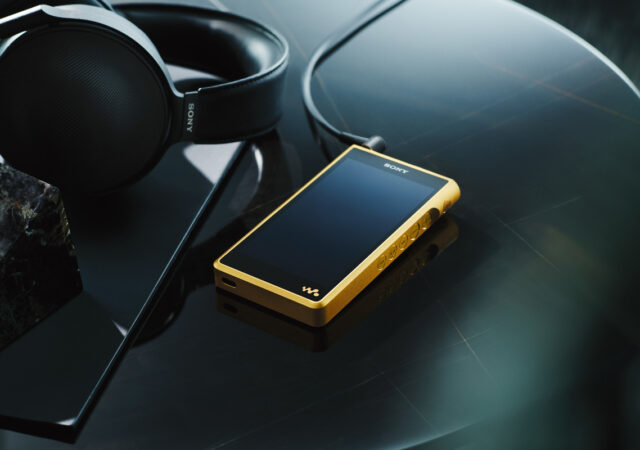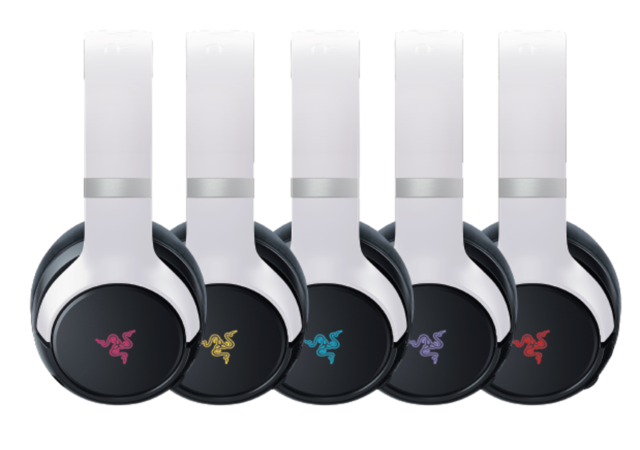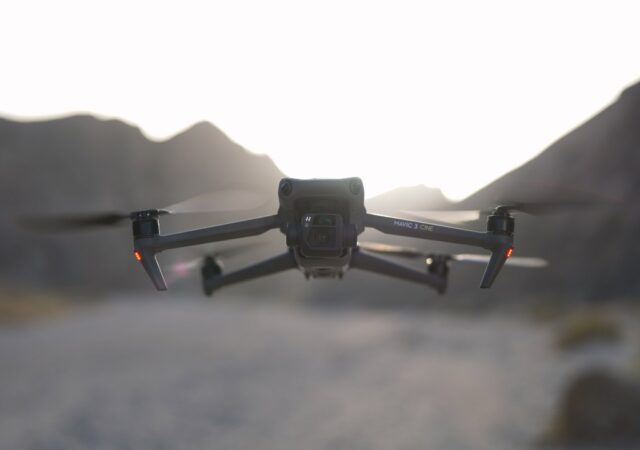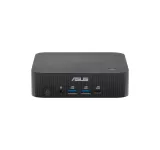Razer now offers their acclaimed Analog Optical Switches with their most compact 60% keyboard, the Huntsman Mini Analog is now a thing.
Sony WF-1000XM4 In-Depth Review – The Best got Better
We got to try the Sony WF-1000XM4, their next-generation Noise Cancelling True Wireless Earbuds. At MYR 1,099, is it worth it? We find out.
Garmin Launches Their Latest Flagship fēnix 7 and epix Premium Smartwatches in Malaysia
Garmin launches two new premium outdoor sports smartwatches in Malaysia. The fēnix 7 series packs better battery life and built-in flashlight
Logitech Brings A New, Versatile Signature M650 Mouse
Logitech brings a new, versatile addition to their line up of mouses with the Logitech Signature M650 which also comes in a configuration for Lefties!
Sony Announces the LinkBuds WF-L900 – Listen to Music and Talk to Your Friends at the Same Time!
Sony released their latest earphone innovation, the Sony WF-L900 LinkBuds. The new earbuds feature an open design to allow for transparency.
TAG Heuer Introduces New Generation Connected Calibre E4 Smartwatch Ready for Wear OS 3
TAG Heuer is back in the smartwatch game with the Connected Calibre E4 with Qualcomm Snapdragon 4100+ and Wear OS 3 readiness.
Sony Launches Two New Premium Walkman Music Players – Yes, Walkman is Still a Thing
Sony launches new Walkman audio players with state-of-the-art materials and technology for the best audio experience in a small packages.
Instax at the Next Level with the Fujifilm instax mini Evo
Fujifilm announces the instax mini Evo, a little instant film camera that also acts as your smartphone’s film printer for MYR 928.
More Razer Immersion for your Sony PlayStation 5 with the Kaira Pro
Razer introduces the Kaira and Kaira Pro the world’s first haptic feedback wireless headphones for the Sony PlayStation 5.
The DJI Revolution is Here in the Form of the Mavic 3 with Prices from MYR 9,799
DJI released the new Mavic 3 and Mavic 3 Cine edition with 5.1k 50fps and 4K 120fps video recording with 4/3 CMOS Hasselblad sensor.



